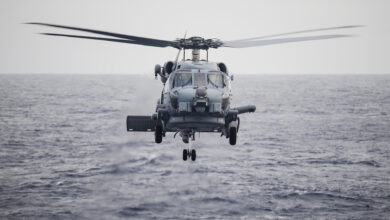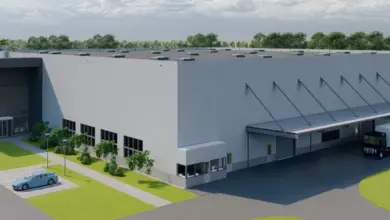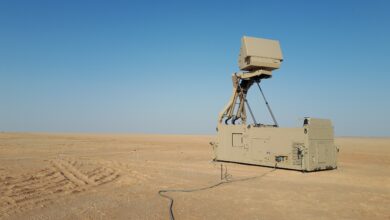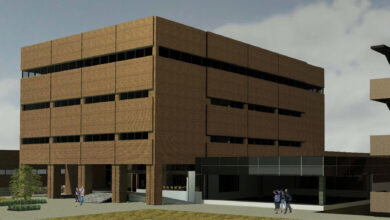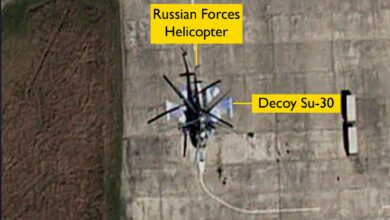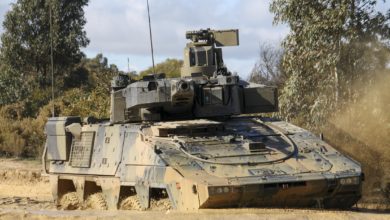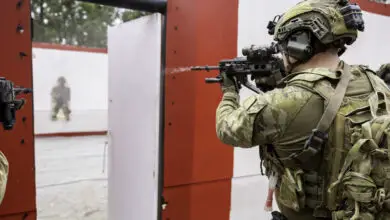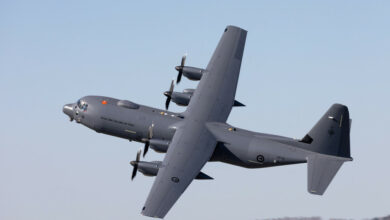Raytheon Unveils Gaming Image Generator for Aircrew Training
Raytheon subsidiary Collins Aerospace has launched a gaming tech-integrated image generator for realistic modular aircrew training.
Called Arcus, the technology incorporates Collins’ rendering and processing capabilities and Epic Games’ Unreal Engine technology for a more immersive experience during flight simulations.
Unreal Engine is a 3D photorealistic, immersive creation tool that offers numerous features to create virtual environments.
This AI-based “world-building” solution is commonly used to develop the latest video games and other visualization projects such as filmmaking.
Seamless Realism
Arcus is built with an open systems architecture to address future customization needs. The platform projects complex scenarios of various airborne systems, including mission aircraft, rotorcraft, jets, air transport, and commercial aircraft.
By leveraging standard PC hardware and software applications, Arcus can run various flight simulation devices, from virtual and mixed-reality headsets to complete training and full-flight simulators.
Raytheon said that Arcus increases practice opportunities while cutting expenses, as it enables convenient utility and compatibility with new features to match customers’ evolving missions and training needs.
“Effective simulation training requires high-fidelity visual realism, and customers also need these technologies to seamlessly adapt to their varied training needs and devices,” Collins Aerospace Simulation and Training Solutions General Manager Sharon Tabori explained.
“Our new hybrid image generator brings improved graphic capabilities to offer flight simulation experiences that are as efficient as they are realistic.”
Imagery Generation for Combat Medics
Last year, Raytheon partnered with DARPA to produce AI-enabled equipment to aid combat medics during procedures on the battlefield.
The technology uses augmented reality goggles to guide personnel in facilitating up to 50 medical intervention tasks.
It is expected to combine approximately 50 million images and over 2,500 videos to project the exact 3D sequence of real-life medical operations.



